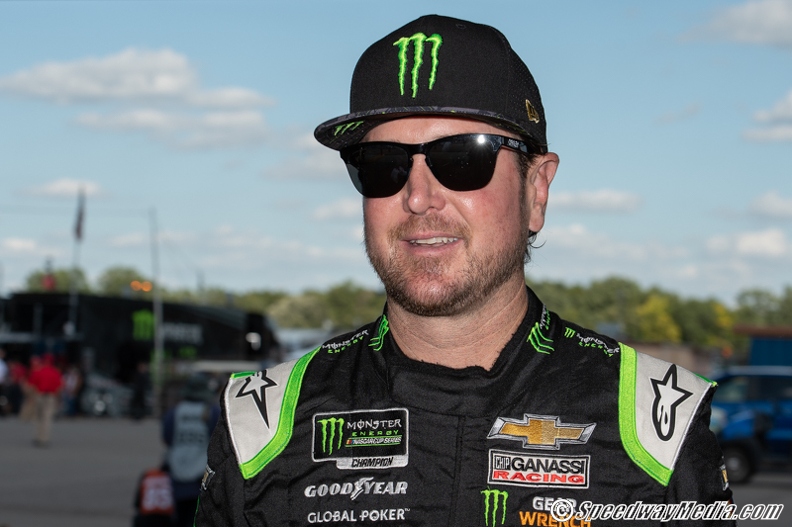Road trips are fun until you get stranded in the middle of the wilderness without gas or the proper equipment. With a conventional vehicle, this will rarely happen since there are gas stations within short distances on most highways. In most situations, you have most likely planned your journey to accommodate fueling accordingly, but there are those off situations when you may not add fuel as you cruise throughout the countryside as you look at the beauty that surrounds you. With an electric vehicle, this might not be the case. Since electric vehicles are still not as common as a conventional car, few owners are still not able to gauge with precision how far their vehicle can go before running out of charge. You should not despair though if you are planning to take your Tesla on a long drive since you can charge an electric car with a portable generator in case of an emergency. Charging EV/Tesla batteries with a portable generator is the last resort option when running out of battery power. However, that is not always recommended. Here are a few things you should know if you want to go on a long road trip using an EV.
Try to Minimize Energy Consumption
Older Tesla models can cover up to 250 miles on one full charge. Some have a bigger range of more than 400 miles on a single charge. You should keep in mind that these distances are estimates that could be affected by various factors including your driving style. You can try and consume as little energy as possible to extend the range of your EV. For instance, you can minimize using the heater or the air conditioner, and going light on the accelerator. The less energy you consume while on your journey, the longer the distance you will manage to cover.
Plan Your Charging Sessions around Your Trip’s Activities
Unlike petrol or gas-powered cars that you can simply drive into a gas station, fuel, and be on your way, EVs will require you to spend a considerable amount of time to get it recharged. Even if you find a direct current or DC fast charger, you may need to wait for more than 40 minutes just to get your car charged to 80%. You can drive as far as possible, and then choose an ideal spot to stop, and have the car charged as you enjoy a meal and have some rest. Since the charging stations are not as many as gas stations, map out the available charging stations and plan your journey with those that give you maximum convenience in mind.
Take Advantage of Technology
As these vehicles become more popular, technologies are emerging to make your driving experience as smooth and easy as possible. For instance, there are apps that you can use to identify ideal charging stations. Ensure that you download one or two of these apps before you commence your journey to identify the best charging spots. Ensure that you plan according to the stations you identify lest you get stranded before reaching your next destination. Avoid waiting till you have a very low charge before getting to your next charging station.
Keep Your Engine One When Charging in the Morning
If you happen to have your road trip during the cold season or happen to go through cold areas while on your cruise, you should ensure that you keep your engine on while your engine is running when you charge it in the morning after staying overnight. Also, you should ensure that you have extra charge since EVs consume more energy in cold weather as you will have to use your air conditioner often when in such conditions. During cold weather, your stopping intervals should also be shorter.
Have a Back-up Plan
It is always good to be on the safe side when going on a long trip, whether you are using an EV or a conventional gas vehicle. In the case of an EV, you may want to take extra precautions since charging stations are not as many. Furthermore, you may have planned to use a particular charging station only to find it under maintenance. You can try to find contacts of individuals with charging outlets along your travel path if you are not able to find a working station on time. You can also consider carrying a generator with you if you have enough space in your car. The best method though is to ensure you recharge full and to avoid going below 40% before getting to your next destination.
Keep in Mind the Different Types of EV Charging Stations
Charging stations are of three different tiers. The first tier charges the slowest and can take more than 24 hours to fully charge your vehicle. Level three is the best and the fastest, but also the most expensive. Keep this in mind when mapping out your journey.






